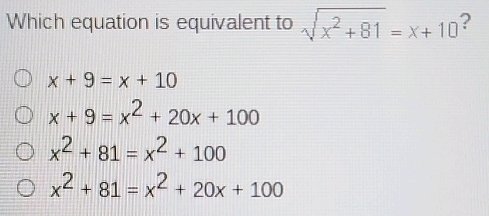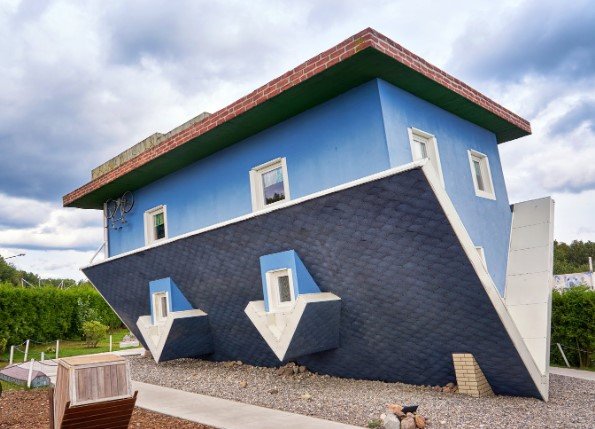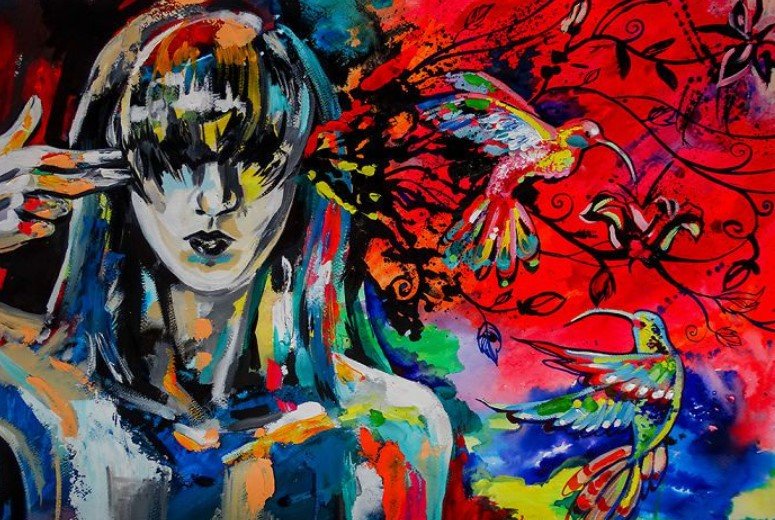Aesthetic Depression represents a nuanced intersection of beauty and emotional struggle, where individuals grapple with an appreciation for art that simultaneously highlights their internal discord. This phenomenon raises critical questions about the role of visual elements and symbolism in expressing complex feelings and fostering self-awareness. As we explore the coping mechanisms that arise from this aesthetic experience, we begin to uncover the profound impact it has on mental health awareness and the therapeutic potential of creativity. What remains to be examined is how this intricate relationship shapes our understanding of emotional resilience and vulnerability.
Understanding Aesthetic Depression
Aesthetic depression, often characterized by a profound sense of disconnection from one’s surroundings despite an appreciation for beauty, presents a unique emotional landscape.
Individuals may find solace in artistic expression, channeling their feelings into creative pursuits.

This paradox fosters emotional resonance, where beauty becomes both a source of comfort and a reminder of inner turmoil, inviting introspection and the possibility of healing through art.
Read also: Vector:3ormcpqsjmy= Coffee Cup
Visual Elements and Symbolism
Visual elements and symbolism play a crucial role in conveying the complexities of emotional experiences associated with depression.
Color symbolism, such as the use of muted tones or stark contrasts, serves to reflect internal struggles and evoke empathy.
Through artistic expression, these visual cues facilitate a deeper understanding of depression, enabling individuals to connect with their feelings and the shared human experience of pain and resilience.
Read also: Beautiful:0aadyftvmro= Planet Earth
Coping Mechanisms Through Aesthetics
Engaging with art and creative expression can serve as a powerful coping mechanism for individuals grappling with depression.
Art therapy harnesses the principles of color psychology to evoke emotional resonance, allowing individuals to explore their feelings in a safe environment.
Through creative expression, they can articulate experiences that may be difficult to verbalize, fostering healing and promoting a sense of freedom from emotional burdens.
Impact on Mental Health Awareness
The growing recognition of mental health issues, particularly depression, has significantly shifted societal attitudes and fostered greater awareness.
Social media plays a crucial role in disseminating information and facilitating discussions, allowing diverse cultural representation of mental health experiences.
This shift empowers individuals to share their stories, reducing stigma and promoting understanding, ultimately leading to a more compassionate society that values mental well-being and encourages open dialogues.
Conclusion
In the intricate tapestry of human emotion, aesthetic depression emerges as a haunting specter, casting shadows even in the brightest of artistic expressions. This profound disconnection underscores the necessity of acknowledging the hidden turmoil behind beauty. By harnessing the transformative power of creativity, individuals can transcend despair, illuminating the path toward healing. Ultimately, the exploration of aesthetic depression serves not only as a mirror reflecting inner struggles but also as a beacon guiding others toward understanding and awareness of mental health challenges.





















